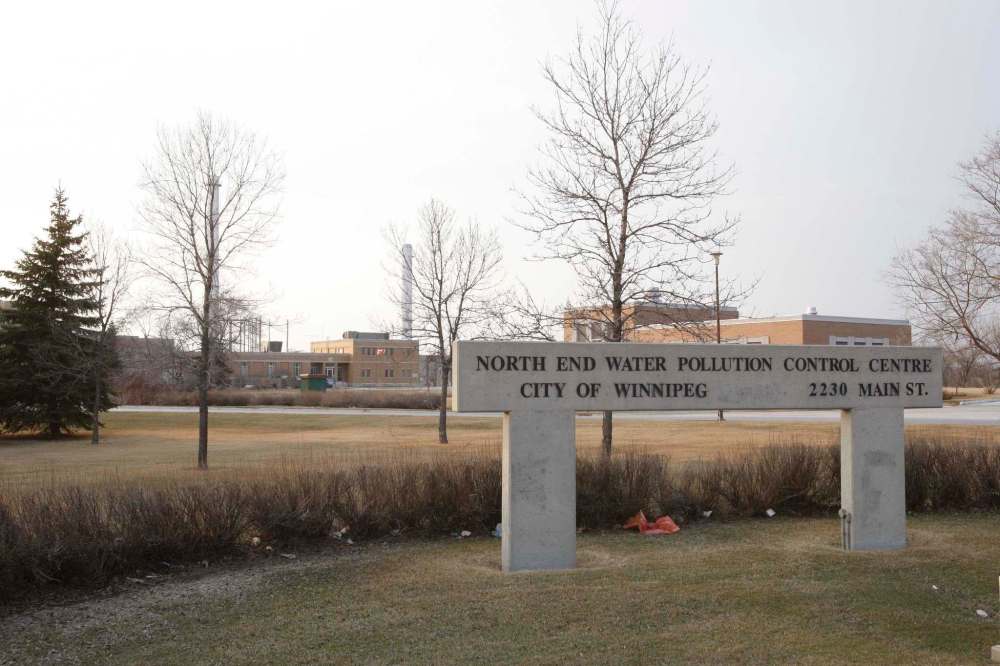City asks province for extension on phosphorous discharge limit deadline
Advertisement
Read this article for free:
or
Already have an account? Log in here »
To continue reading, please subscribe:
Monthly Digital Subscription
$0 for the first 4 weeks*
- Enjoy unlimited reading on winnipegfreepress.com
- Read the E-Edition, our digital replica newspaper
- Access News Break, our award-winning app
- Play interactive puzzles
*No charge for 4 weeks then price increases to the regular rate of $19.00 plus GST every four weeks. Offer available to new and qualified returning subscribers only. Cancel any time.
Monthly Digital Subscription
$4.75/week*
- Enjoy unlimited reading on winnipegfreepress.com
- Read the E-Edition, our digital replica newspaper
- Access News Break, our award-winning app
- Play interactive puzzles
*Billed as $19 plus GST every four weeks. Cancel any time.
To continue reading, please subscribe:
Add Free Press access to your Brandon Sun subscription for only an additional
$1 for the first 4 weeks*
*Your next subscription payment will increase by $1.00 and you will be charged $16.99 plus GST for four weeks. After four weeks, your payment will increase to $23.99 plus GST every four weeks.
Read unlimited articles for free today:
or
Already have an account? Log in here »
Hey there, time traveller!
This article was published 05/09/2019 (2288 days ago), so information in it may no longer be current.
The City of Winnipeg water and waste department has told the province it needs two more years to comply with limits on the amount of phosphorus released in municipal wastewater via the Red River that ends up in Lake Winnipeg.
On July 30, it submitted a notice of alteration to Manitoba Sustainable Development saying it couldn’t meet the Dec. 31 deadline to comply with its licence, which limits the amount of phosphorus to one milligram per litre.
“The province knew we weren’t going to make that date,” department director Moira Geer said Thursday at the water and waste committee meeting.

“They asked, ‘What date can you make and what can you do in the interim?’”
The department notified the province it needs until Dec. 31, 2021, to get its wastewater house in order.
Excess phosphorus, a nutrient that promotes plant growth, is linked to potentially toxic algae blooms on Lake Winnipeg.
The city is responsible for just three to five per cent of the phosphorous that ends up in Lake Winnipeg.
Its north end sewage plant handles 65 per cent of wastewater generated and needs $1.8 billion worth of upgrades ordered by the Manitoba Clean Environment Commission.
The project involves upgrading the Main Street facility to comply with provincial environmental regulations, including limits on effluent
emissions into the Red River for nitrogen and phosphorus and the construction of a new facility to treat sludge from the city’s three sewage treatment plants.
The new discharge limits were to go into effect in 2014, but city hall had obtained an extension until December 2019.
“These are really complex processes — we need time to determine what we can do,” Geer said.
carol.sanders@freepress

Carol Sanders
Legislature reporter
Carol Sanders is a reporter at the Free Press legislature bureau. The former general assignment reporter and copy editor joined the paper in 1997. Read more about Carol.
Every piece of reporting Carol produces is reviewed by an editing team before it is posted online or published in print — part of the Free Press‘s tradition, since 1872, of producing reliable independent journalism. Read more about Free Press’s history and mandate, and learn how our newsroom operates.
Our newsroom depends on a growing audience of readers to power our journalism. If you are not a paid reader, please consider becoming a subscriber.
Our newsroom depends on its audience of readers to power our journalism. Thank you for your support.


